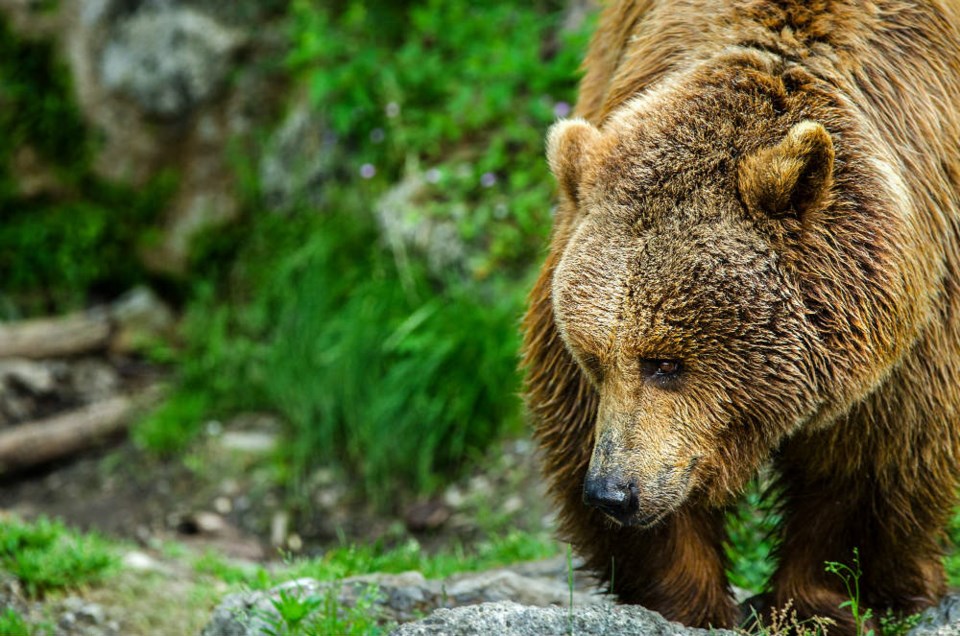THUNDER BAY - Bears are no strangers in Northwestern Ontario, with black bears roaming the woods and polar bears hunting along the Hudson Bay and James Bay coasts. But a new study points to the possibility of another member of the bear family wandering into the region.
“I think it’s very possible that grizzly bears either have shown up in Northern Ontario already or may foreseeably do so,” said Douglas Clark, an associate professor with the University of Saskatchewan School of Environment and Sustainability.
Clark was one of seven co-authors of a research report entitled Novel Range Overlap of Three Ursids in the Canadian Subarctic recently published in Arctic Science.
The report details observations of three bear species - black bear, grizzly bear, and polar bear found in the same location in Wapusk National Park in Northern Manitoba.
Researchers utilized remote cameras situated at various field camps and 401 bear visits from all three species were observed between 2011 and 2017.
“They proved to be really reliable not just detecting polar bears coming into the camps, but everything else, too, including other species of bears,” Clark said. “There’s no surprise that black bears are around. They are around in the forest around there. Grizzly bears are what’s new.”
According to Clark, grizzly bears have been spotted in Northern Manitoba since the late 1990s and since 2012, grizzlies have been observed every year on remote cameras.
“What was novel in our paper was this is the first time anyone has made repeated observations of those three bear species in North America in the same time with more than one bear over more than a year,” Clark said. “It’s not just one fluky grizzly bear wandering by, so there is something going on.”
What exactly is going on remains a question that still needs to be answered, Clark said. The grizzly bears are most likely barren ground grizzlies travelling south and southeast from Nunavut into Northern Manitoba along the Hudson Bay coast.
“It really raises a lot of questions,” Clark said. “We still don’t know how grizzlies are making a living in that area.”
Young male bears are more likely to wander greater distances and if grizzly bears were to travel into Northern Ontario, it would most likely be along the Hudson Bay coast where tundra conditions most resemble their habitat.
“They could certainly show up in Ontario, whether they stick around is another question, and whether a population actually gets established is a whole other question again,” Clark said.
Usually when populations of black bears and grizzly bears are found in the same area, grizzly bears are the dominant species. However, with only young male grizzly bears wandering into new territories, large populations of black bears, like those in Northwestern Ontario, could keep the grizzly bears away.
“In a place like Northern Ontario, what I think that would mean is it would be less likely grizzlies could set up because you have black bears set up close to the coast,” Clark said. “They may certainly have wandered through and they may again in the future, but it would be a big jump from that to setting up a population.”
Clark clarified that the study area of the report was hundreds of kilometres from the Manitoba/Ontario border, but still within walking distance for a grizzly bear, which can have a range of more than 8,000 square kilometres.
Going forward, Clark said he hopes more research can be done to learn just how many grizzly bears are in Northern Manitoba through the use of more remote cameras and working with local communities.
And while there hasn’t been a confirmed sighting of a grizzly bear in Northern Ontario, aside from a possible reference to one being shot in a management plan for Polar Bear Provincial Park more than 20 years ago, Clark said it is not outside the realm of possibility that grizzlies have been here, are here, or will be in the future.
“It wouldn’t surprise me at all if people have seen them or even shot them in Northern Ontario,” he said. “Folks there would know an awful lot more about what is happening on the land there than I would.”
